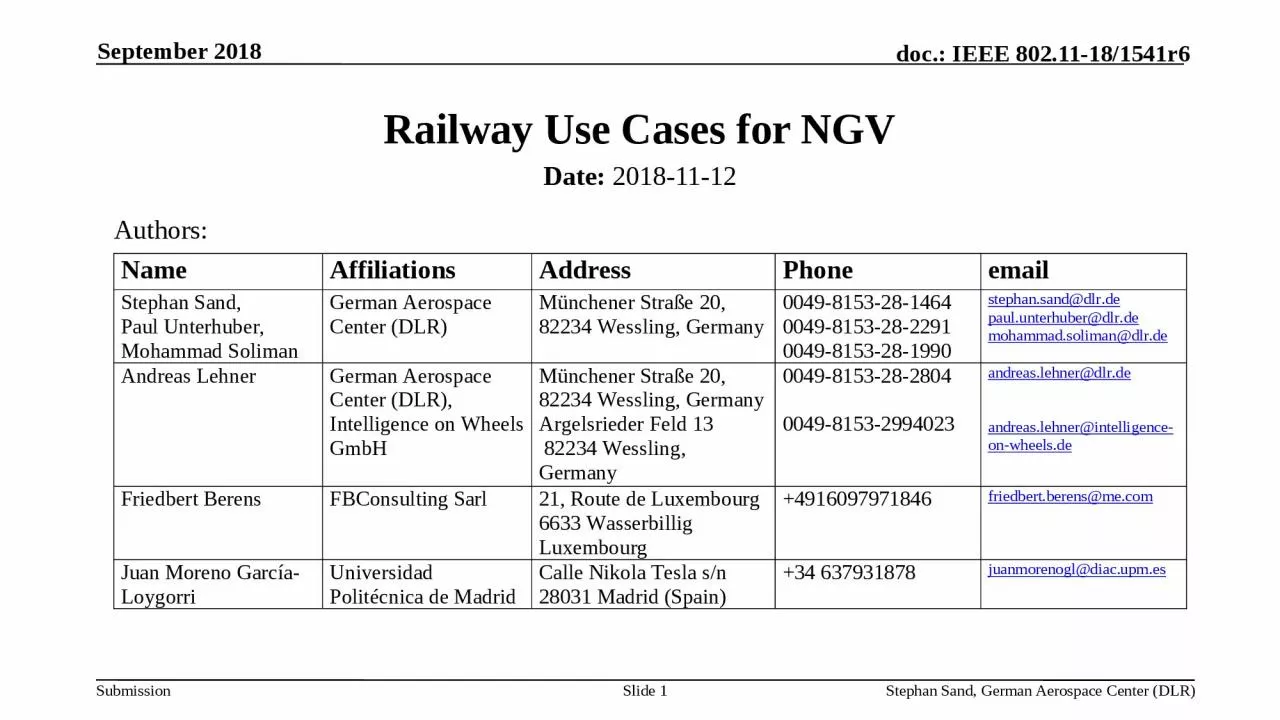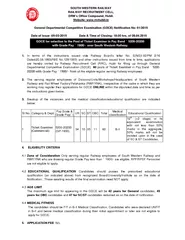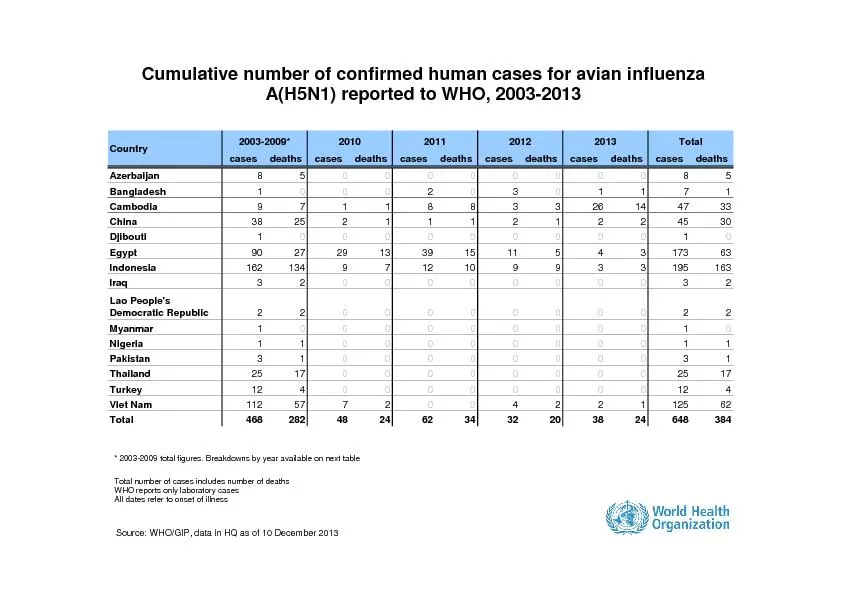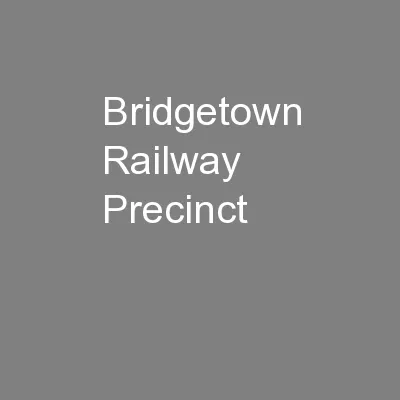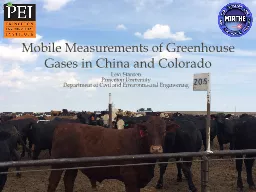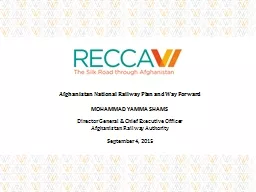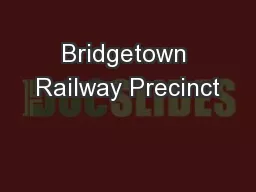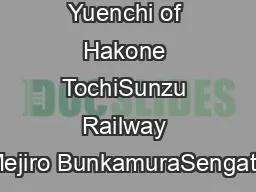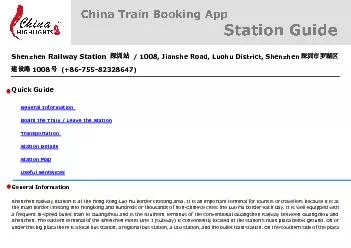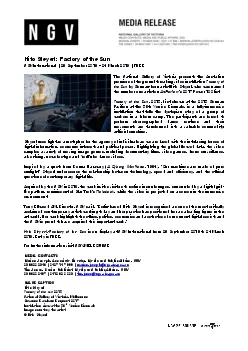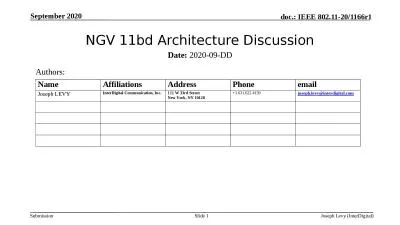PPT-Railway Use Cases for NGV
Author : evans | Published Date : 2023-08-30
Date 20181112 September 2018 Stephan Sand German Aerospace Center DLR Slide 1 Authors Abstract Railway use cases also relevant to NGV besides road vehicle
Presentation Embed Code
Download Presentation
Download Presentation The PPT/PDF document "Railway Use Cases for NGV" is the property of its rightful owner. Permission is granted to download and print the materials on this website for personal, non-commercial use only, and to display it on your personal computer provided you do not modify the materials and that you retain all copyright notices contained in the materials. By downloading content from our website, you accept the terms of this agreement.
Railway Use Cases for NGV: Transcript
Download Rules Of Document
"Railway Use Cases for NGV"The content belongs to its owner. You may download and print it for personal use, without modification, and keep all copyright notices. By downloading, you agree to these terms.
Related Documents

